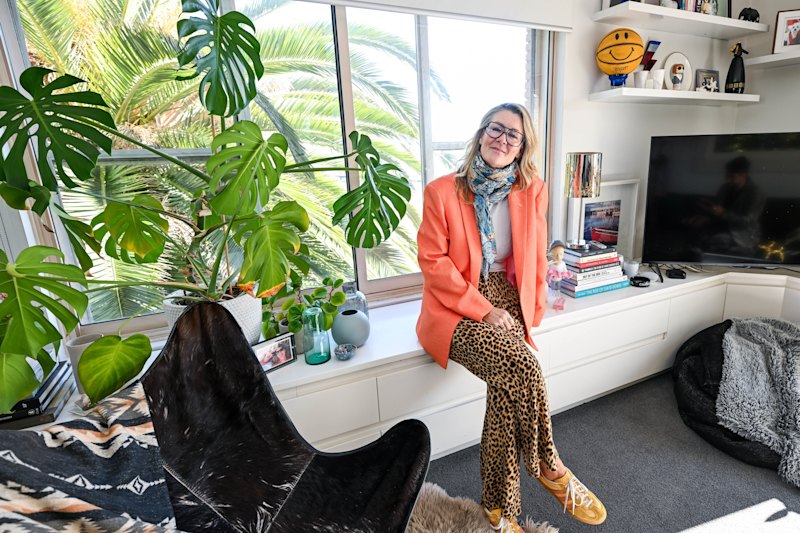Is your home affecting your mental health?
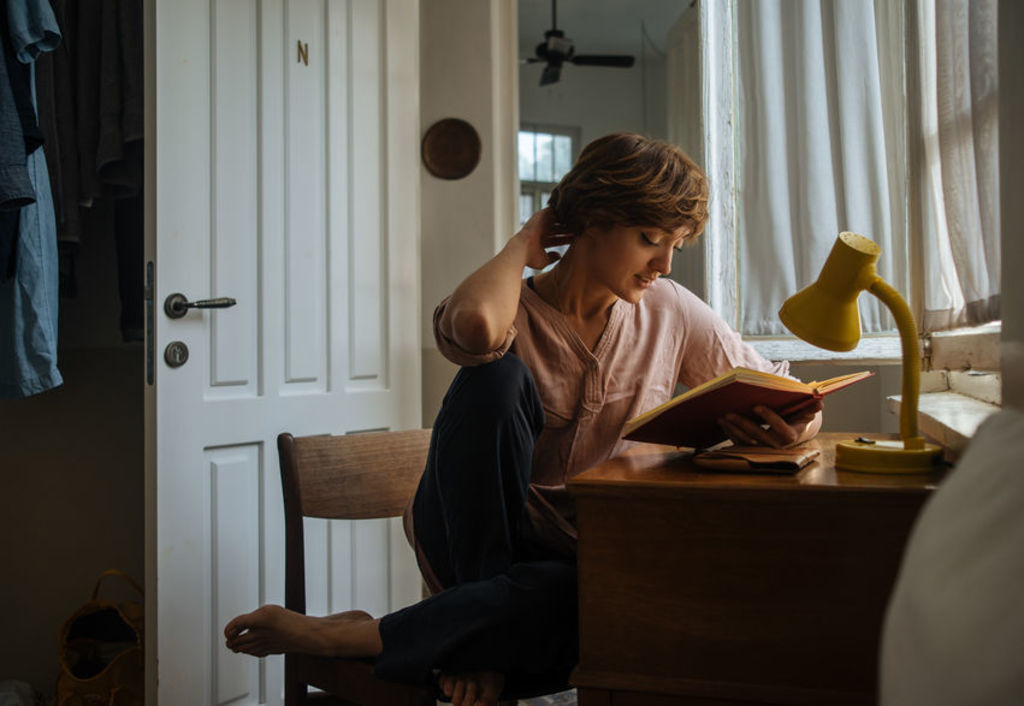
Does going home cause a slump in your mood or fill you with dread? It could be that your home is contributing to a low mood or even poor mental health.
Such was the case for Monique Ceccato. The 30-year-old freelance writer says she fell into depression after moving into a “hell hole” in Karawara, WA in 2008.
“There was nothing nice about sitting in my cheap, dingy house, looking out at a front and back yard full of patchy grass that I tried to grow back from a sand heap. I won’t even get started on the people that I lived with …” says Ceccato.
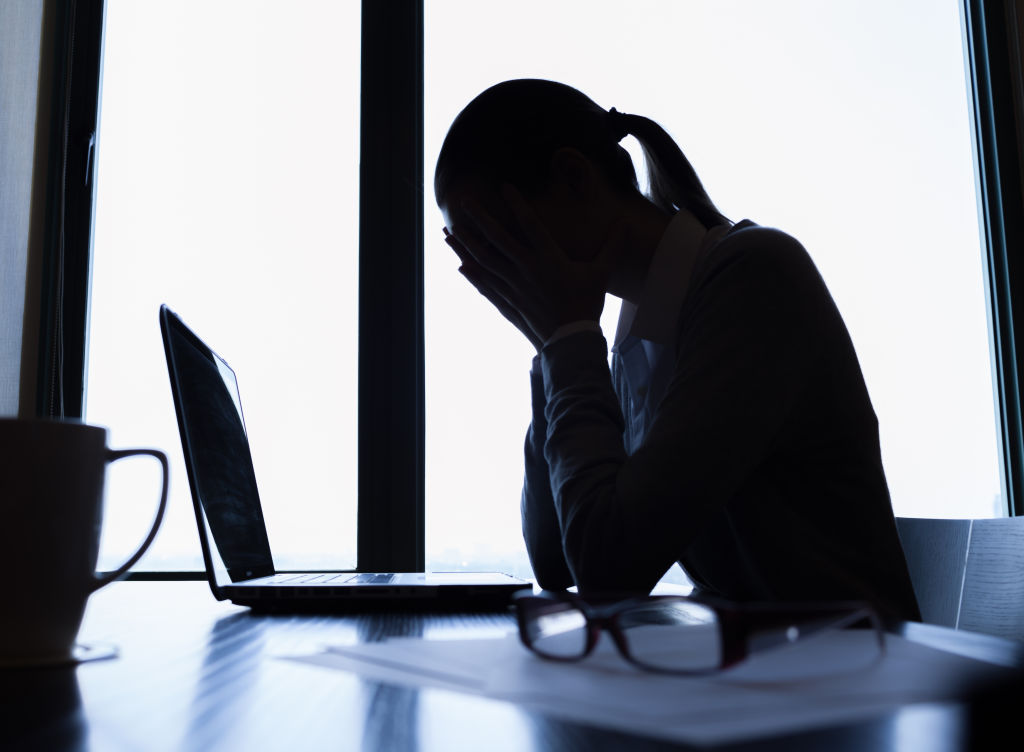
Amplifying the effect was the bleak neighbourhood of dark brown brick houses with sterile sand lawns.
Ceccato now lives in a light-filled home near Geraldton with a view of the city. “It’s not perfect, but it has made such a big difference to my mood,” she says.
Emma Baker, professor of housing research at University of Adelaide, says the relationship between substandard housing and mental health is a neglected area. “We don’t even measure housing quality across Australia at all,” she says.
One positive of the COVID-19 crisis is greater awareness of the psychological impact of where we live. “What we need to be moving towards is housing that’s framed in health terms and health policies that also acknowledge housing,” Baker says.
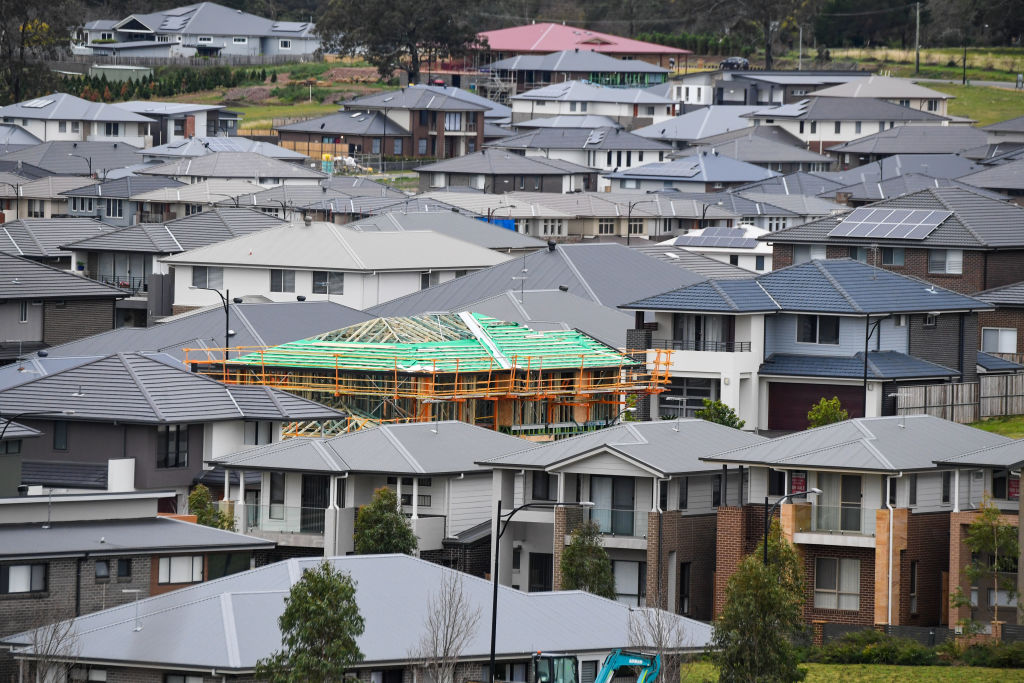
Her team recently found the best mental health among Australians who rent were those living in a house or townhouse with private outdoor space.
The worst mental health occurred among those living in five-storey or higher apartments. She says literature shows a strong relationship between private green spaces, sunlight and mental wellbeing.
Housing affordability is a key issue because it can dictate the quality of housing we’re able to get. “There’s quite strong links between being in unaffordable housing and having poorer mental health,” she says. “And actually, poor housing affordability does cause poorer mental health as well.”
Along with financial stress and the instability of moving, it often means making compromises on the quality of housing that affect mental health – such as living without green space, further from family or with long commuting times.
Interior and building design consultant Anthony Ashworth has helped many clients create home environments more supportive of their mental health. Below are his top tips for creating a healthier home space.
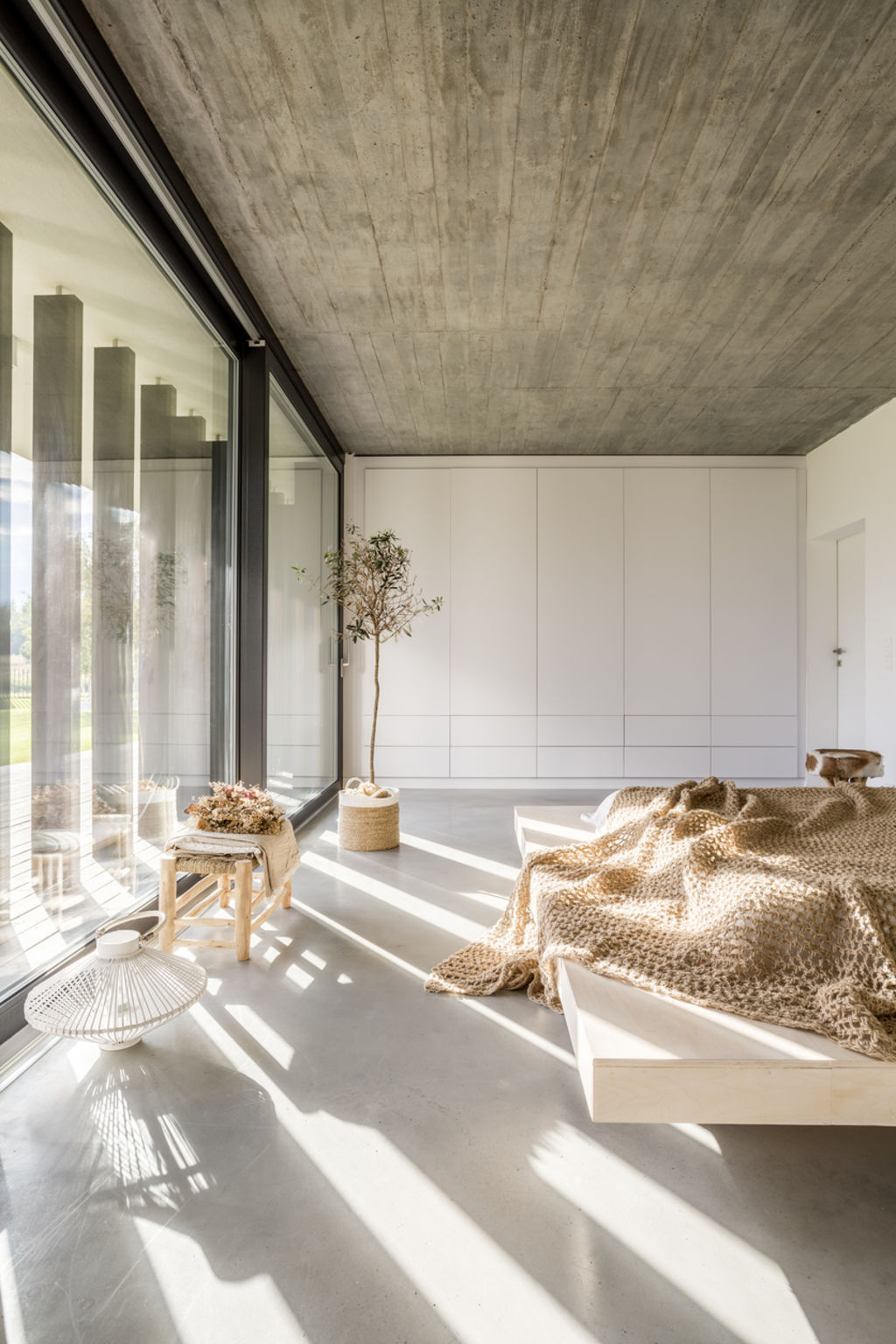
Lighten up
Increasing natural light should be your number one priority, Ashworth says. Along with opening the drapes, and (if you’re able) increasing windows, artificial lighting can help. Avoid the fluorescent kind and choose warmer bulbs or those with more natural full spectrum light, he says.
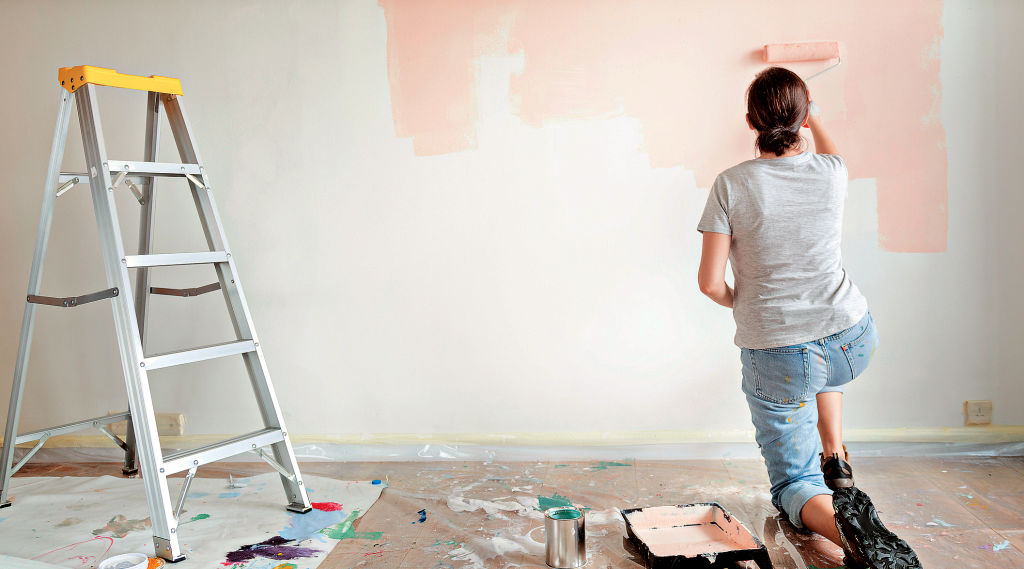
Brighten
Paint your walls white. Avoid shades (colours with black added) and embrace pastels (colours with white added), he says. Add a cheery “pop” colour, like red or bright orange. It might be in a feature wall, art or accessories.
Other ways to brighten dreary walls or floors, particularly if you’re renting, are murals, rugs and carpet tiles, he says.
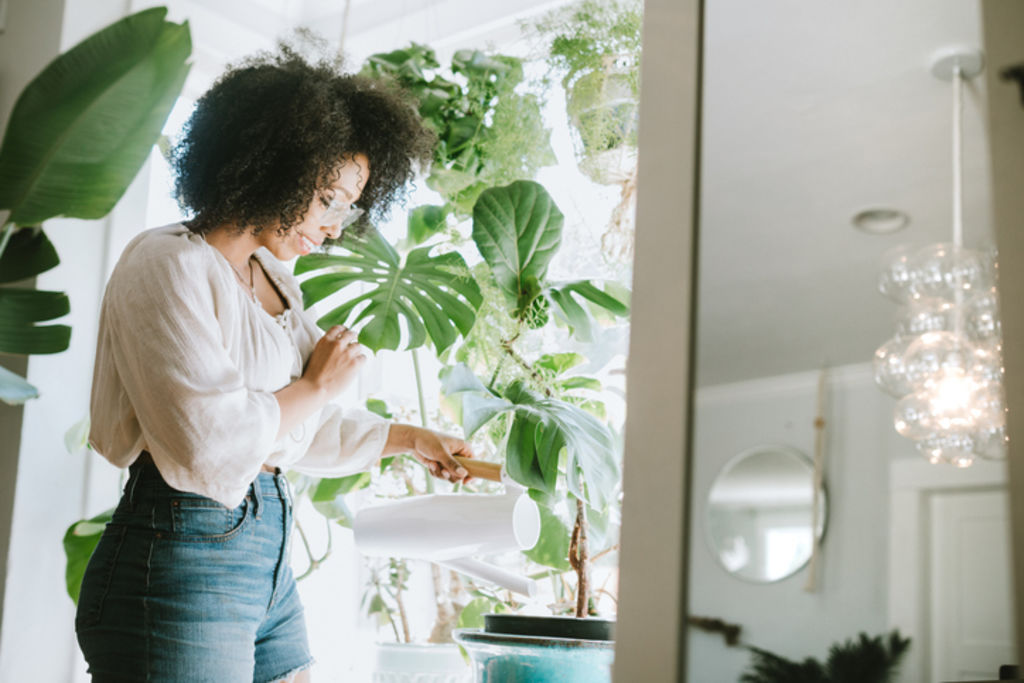
Biophilic design
If your window looks out on a concrete jungle, he suggests referencing nature with murals, photographs and nature motifs. “Invite other living creatures, like pets and plants, to share your home. Flowers are another good device.”
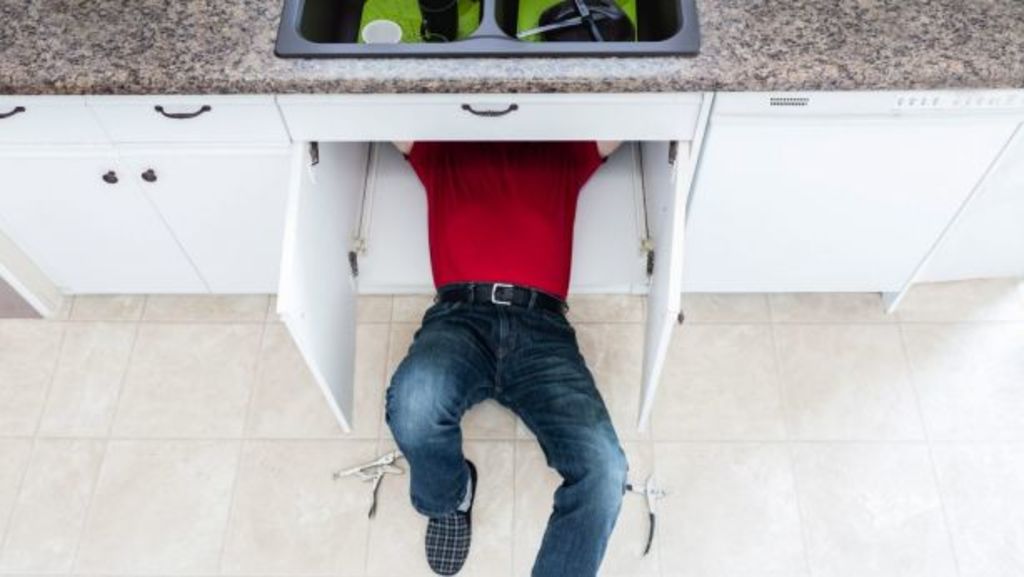
Fix it
Signs of disrepair such as cracked tiles, broken light fittings, marks and stains can create negative energy that drags you down. Think of the cost of repairs as a kind of mental health insurance policy.
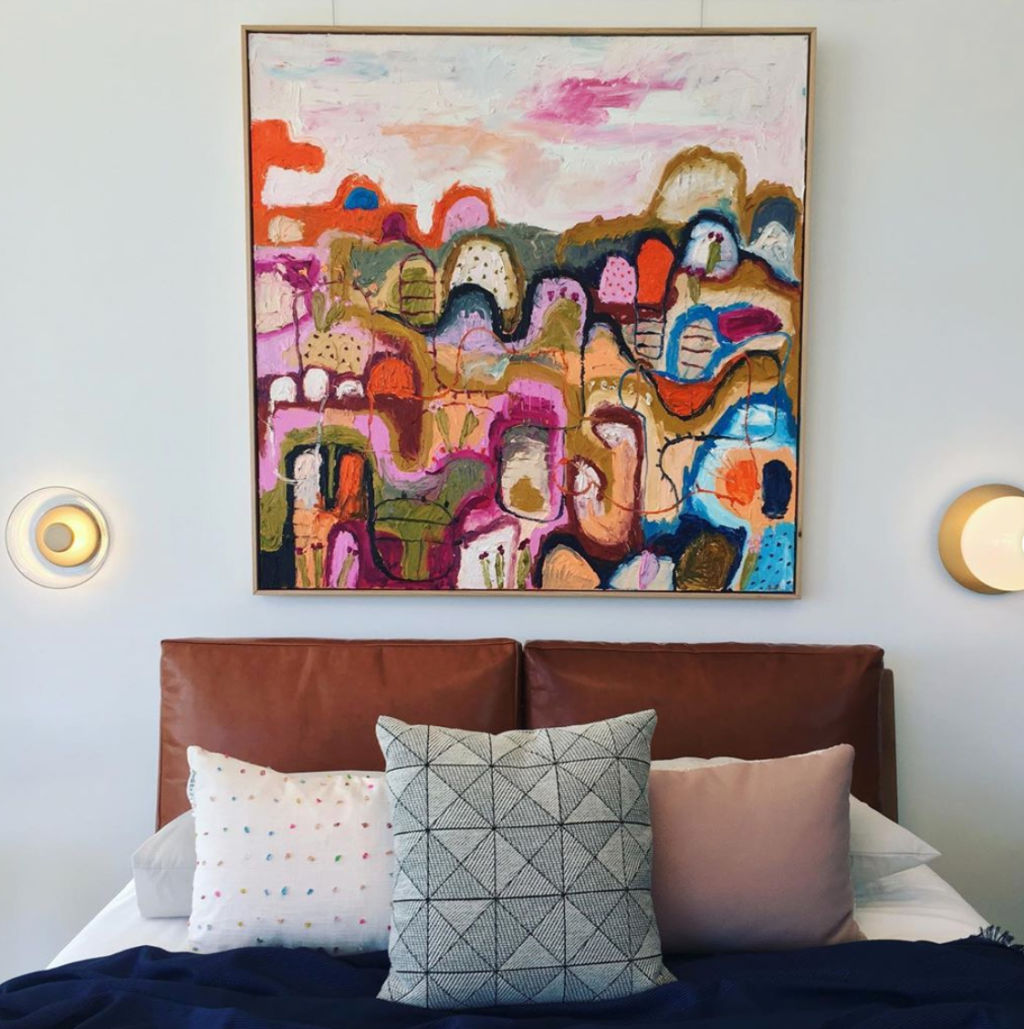
Let it go
Our environment sometimes holds triggers that can cause stress or anxiety – like bills, unfinished projects, clutter or not-so-happy memories. Clear out clutter and anything that makes you feel bad. This includes negative art. “We want good things on our walls that make us smile,” he says. If your home is soaked in unhappy memories, change the whole look.

Lift the senses
Unpleasant sounds and smells can affect our mood and disrupt sleep. Introduce positive scents and sounds such as natural essential oils and trickling water using fountains or music.
We recommend
States
Capital Cities
Capital Cities - Rentals
Popular Areas
Allhomes
More








